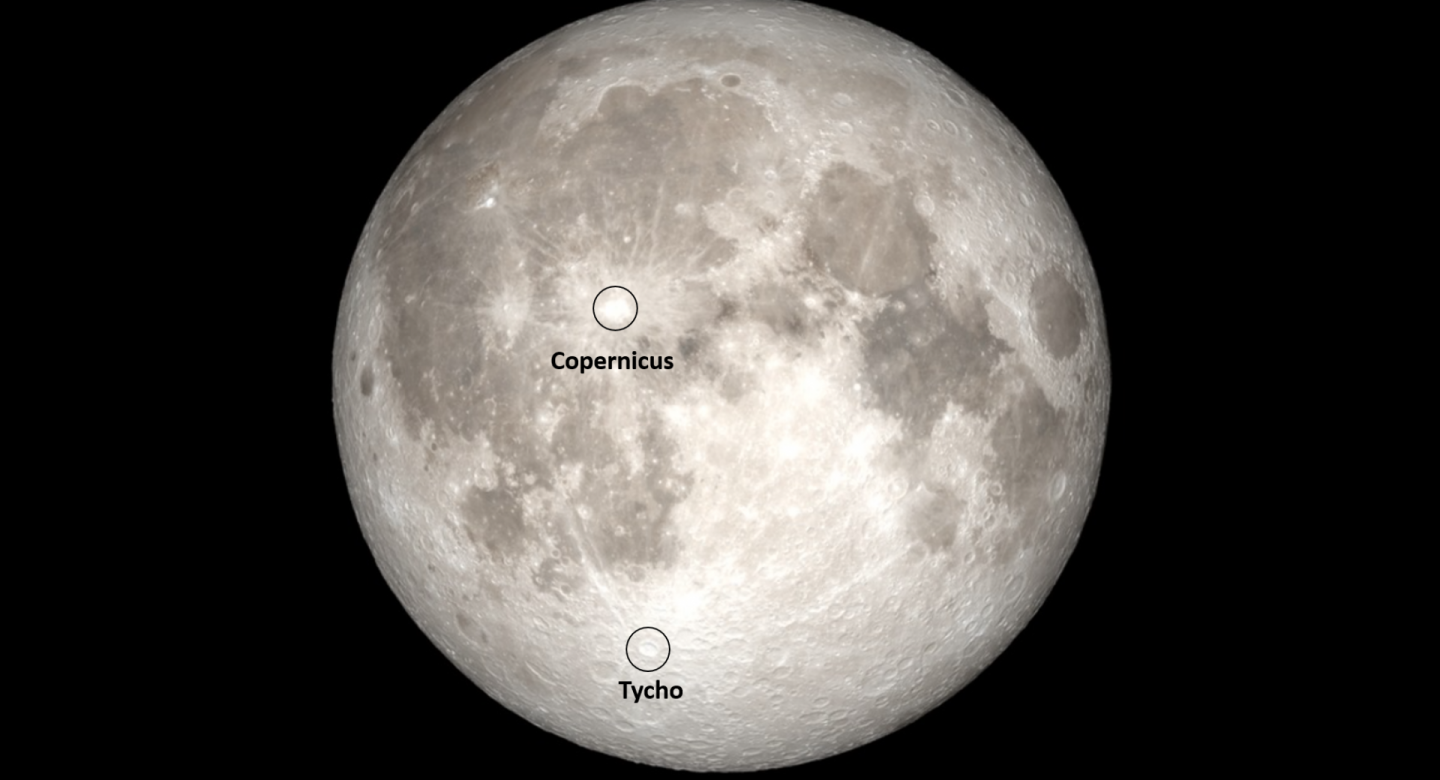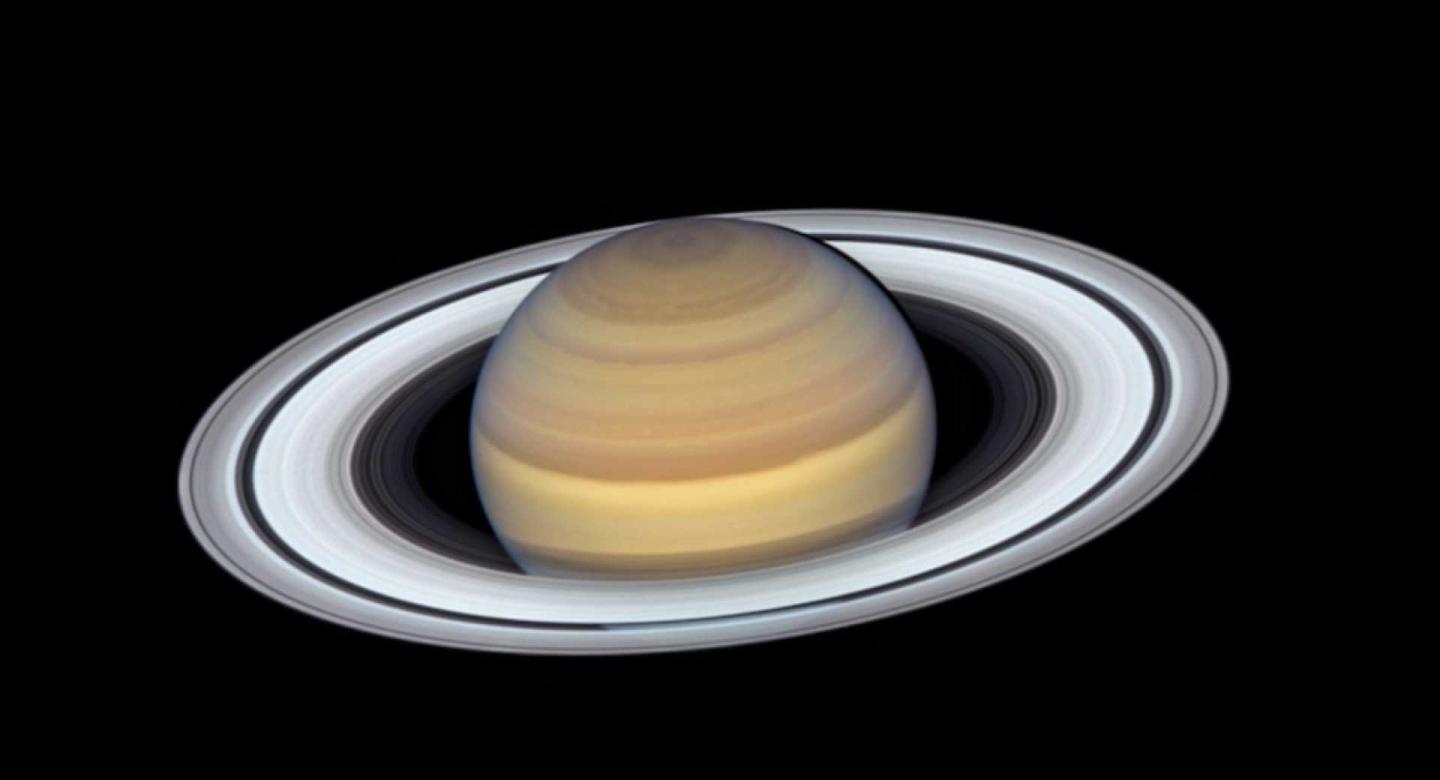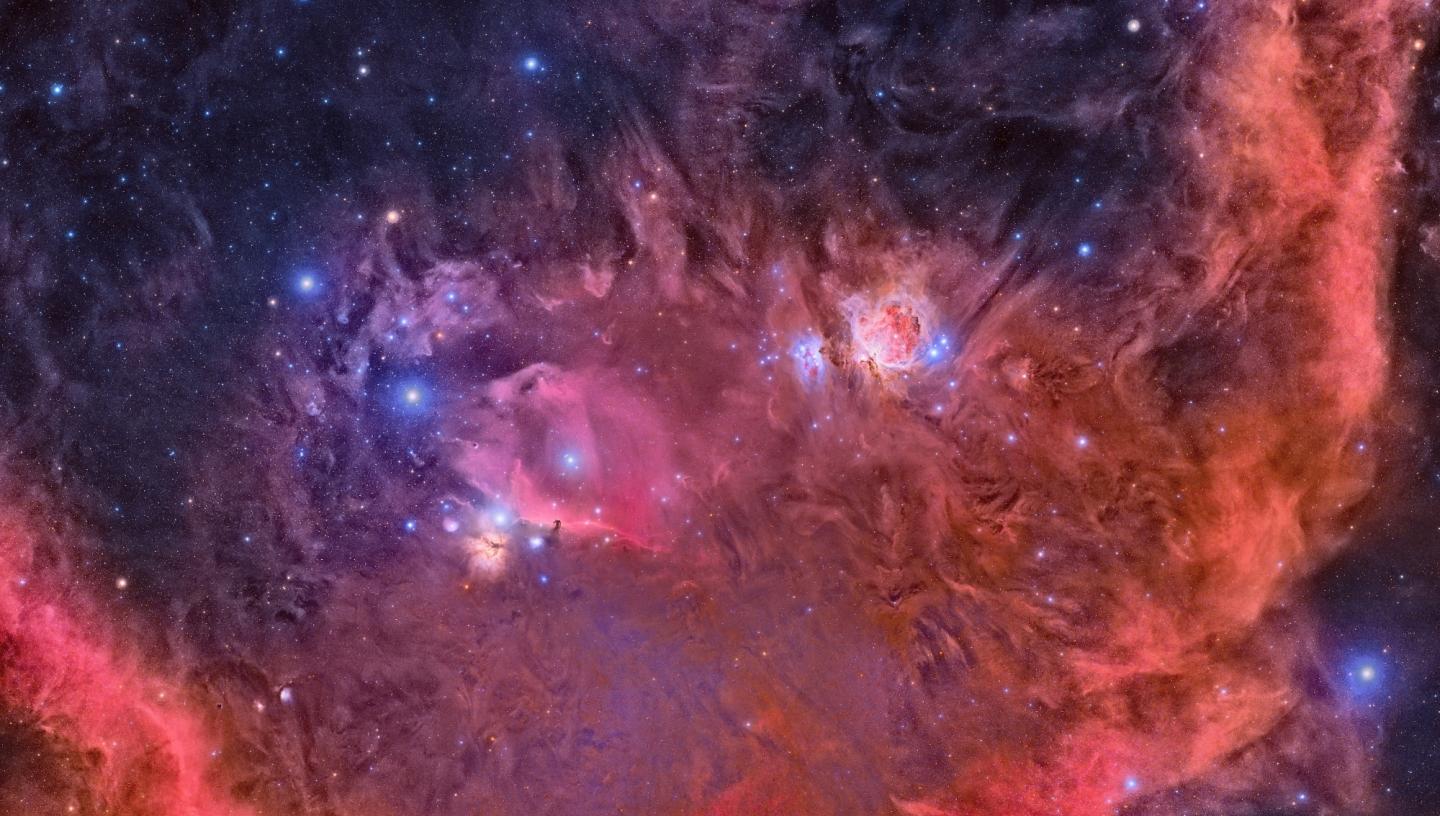
Discover what to see in the night sky in November 2020 including two meteor showers and the conjunction of Saturn and the Moon
Details given are for London and may vary for other parts of the UK.
10 Nov - Mercury reaches greatest western elongation making it the best time to view the planet
16/17 Nov - It's the peak of the Leonids meteor shower
19 Nov - Spot the Moon lying close to the planets Saturn and Jupiter
Look Up! Podcast
Subscribe and listen to the Royal Observatory Greenwich podcast
Every month our astronomers discuss what to see in the night sky, and pick a special topic to talk about.
In November, they talk about the Osiris-Rex mission and the collection of a sample from asteroid Bennu, and also about the astrophysicists who won the 2020 Nobel Prize in Physics.
Have a listen below, then cast your vote on our Twitter poll (@ROGAstronomers) during the first week of the month.
Astronomy in November 2020: key events and what to see
10 November: Mercury reaches greatest western elongation
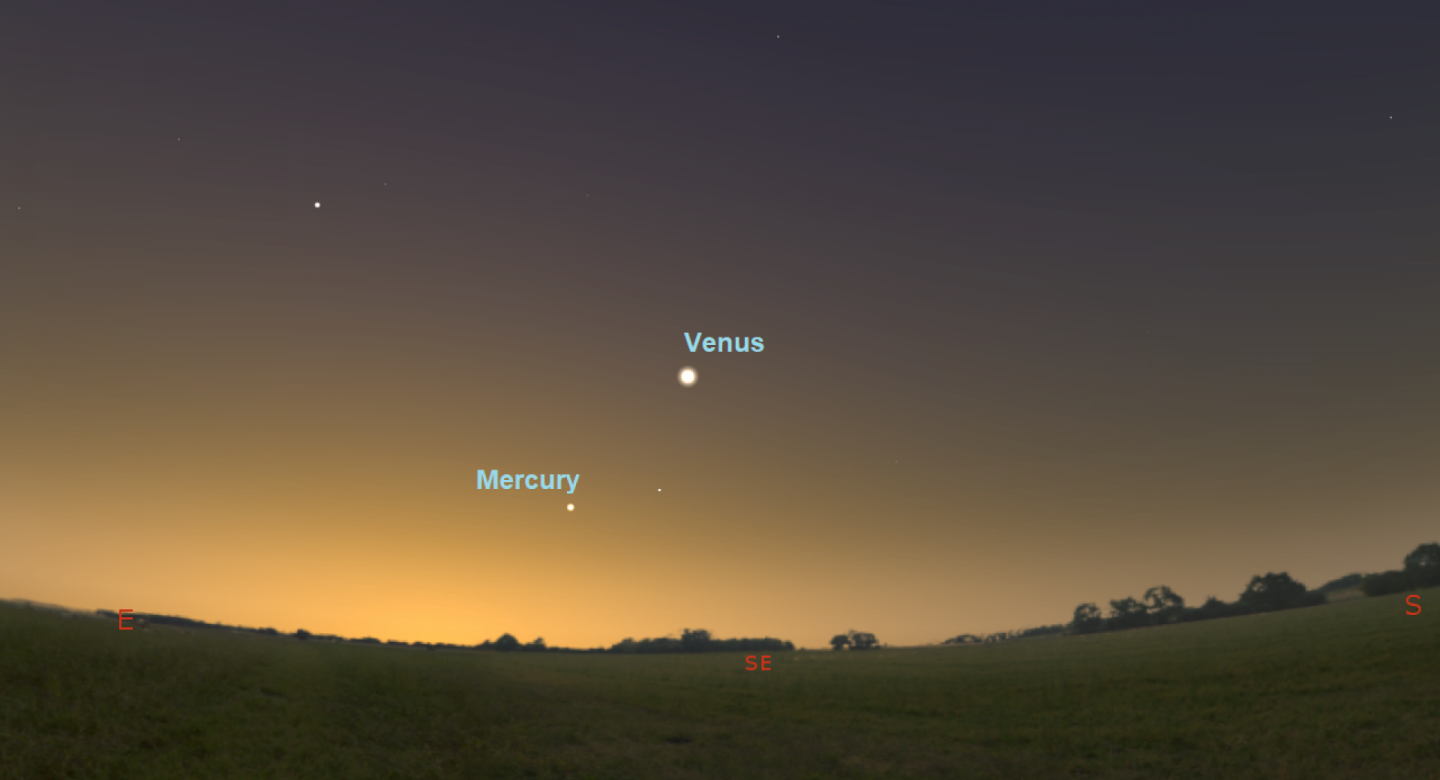
Mercury’s time on the astronomical stage comes to a peak on the 10th when it reaches its greatest western elongation. This means that the angle between the Sun and Mercury is at its greatest, so on the 10th you will have the longest gap between Mercury rising and the Sun rising – making it the best time to view the planet. It will be visible for just a short while before sunrise, lying low on the eastern horizon in the constellation of Virgo, not far from Venus. Due to its proximity to the Sun it won’t be easy to spot but is definitely worth a look. You should also take care not to look directly at the Sun with your eyes or through binoculars or a telescope, as the intense sunlight can cause damage, including blindness.
11/12 November: Peak of the Northern Taurids meteor shower
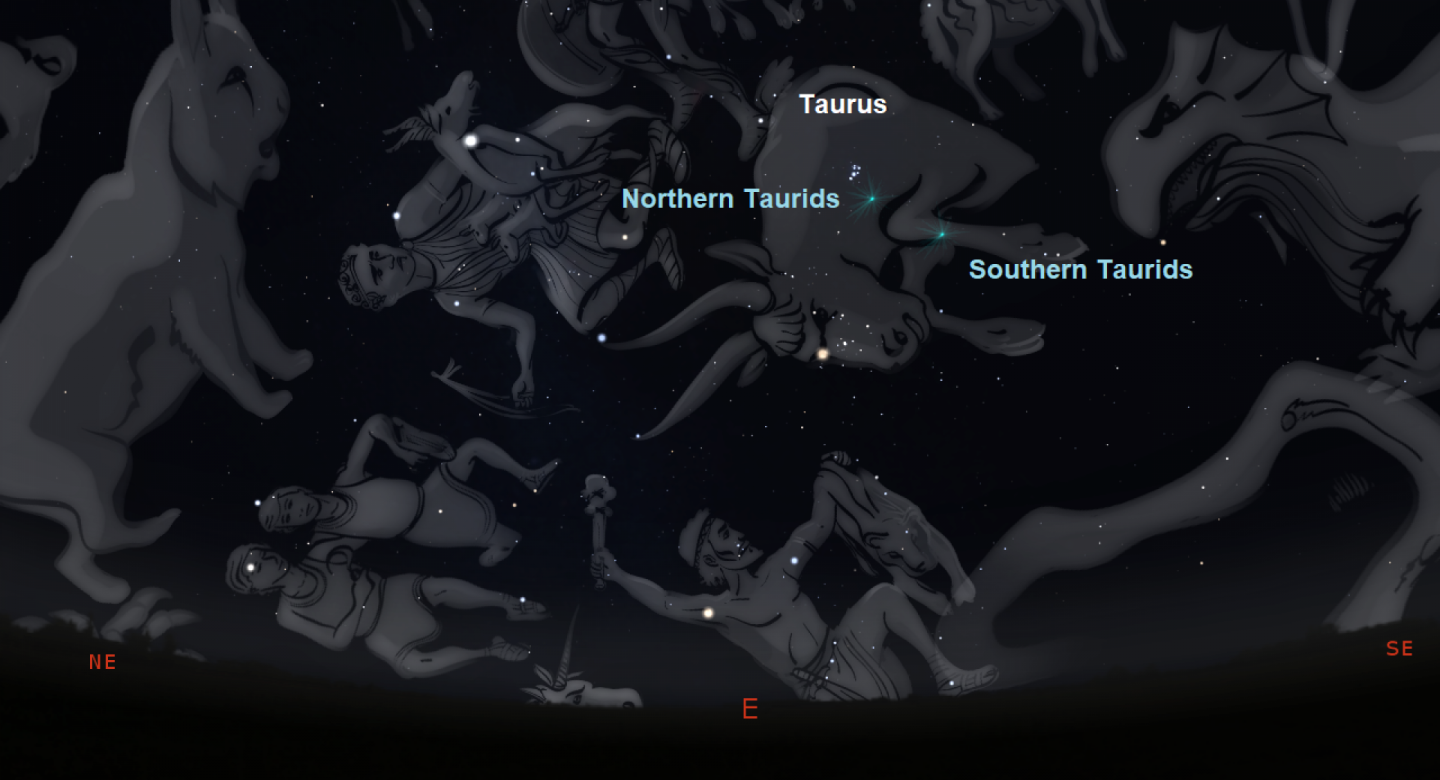
On the night of the 11th and into the early morning of the 12th, the Northern Taurids meteor shower reaches its peak. The best time to spot them is just after midnight and although with an average of 5 meteors an hour you’re probably looking at a long night of observing, the Taurids are well known for having a high percentage of fireballs, or exceptionally bright meteors. Taurus can be found easily due to Aldebaran the big red star that represents the Bulls eye – look high in the southern sky to find the radiant in the constellation of Taurus. The Taurids are actually two meteor showers (Northern and Southern Taurids) which augment each other. So, they’re two showers that just happen to overlap in a similar part of the sky. Both showers are thought to originate from the debris of Comet Encke and it’s this debris ploughing through the Earth’s atmosphere that produces the meteors.
15 November: Explore some deep sky objects
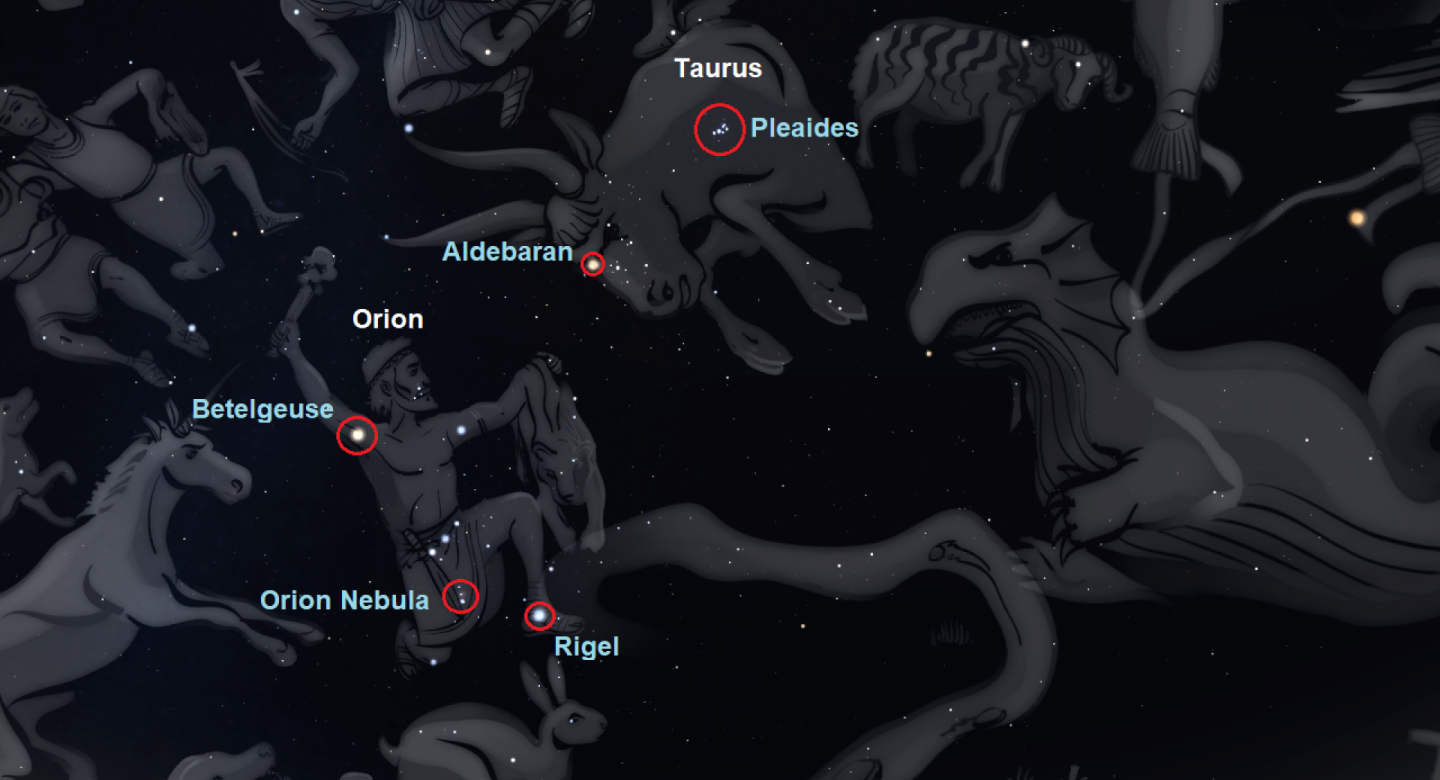
Talking of dark skies, November the 15th provides the darkest sky this month as this is when the new moon occurs. This makes it a great time to view deep sky objects. So, if you have a telescope or even a pair of binoculars it’s time to look at some old favourites. The famous constellation Orion the Hunter is one of the easiest to spot because of the three bright stars that make his belt. Orion holds a couple of very interesting astronomical objects; the first is Betelgeuse, well known for its blood red appearance. Betelgeuse is a red supergiant star that is set to go supernova soon – astronomically speaking that is. Another well-known star is Rigel, at Orion’s ankle; it is a hot blue-white supergiant star and is the seventh brightest star in the heavens. For those with a telescope, just below Orion’s belt is the Orion Nebula, a nursery of newly formed stars. If you trace a line from Betelgeuse through Orion’s head across the night sky, you get to Aldebaran in the constellation of Taurus and if you keep going you should come across a small cluster of stars that look like a miniature version of the Plough – you’ll have found the Pleiades. It’s also known as the Seven Sisters as you can make out 7 stars with the naked eye, but this star cluster holds several thousand stars in total.
16/17 November: Peak of the Leonids meteor shower
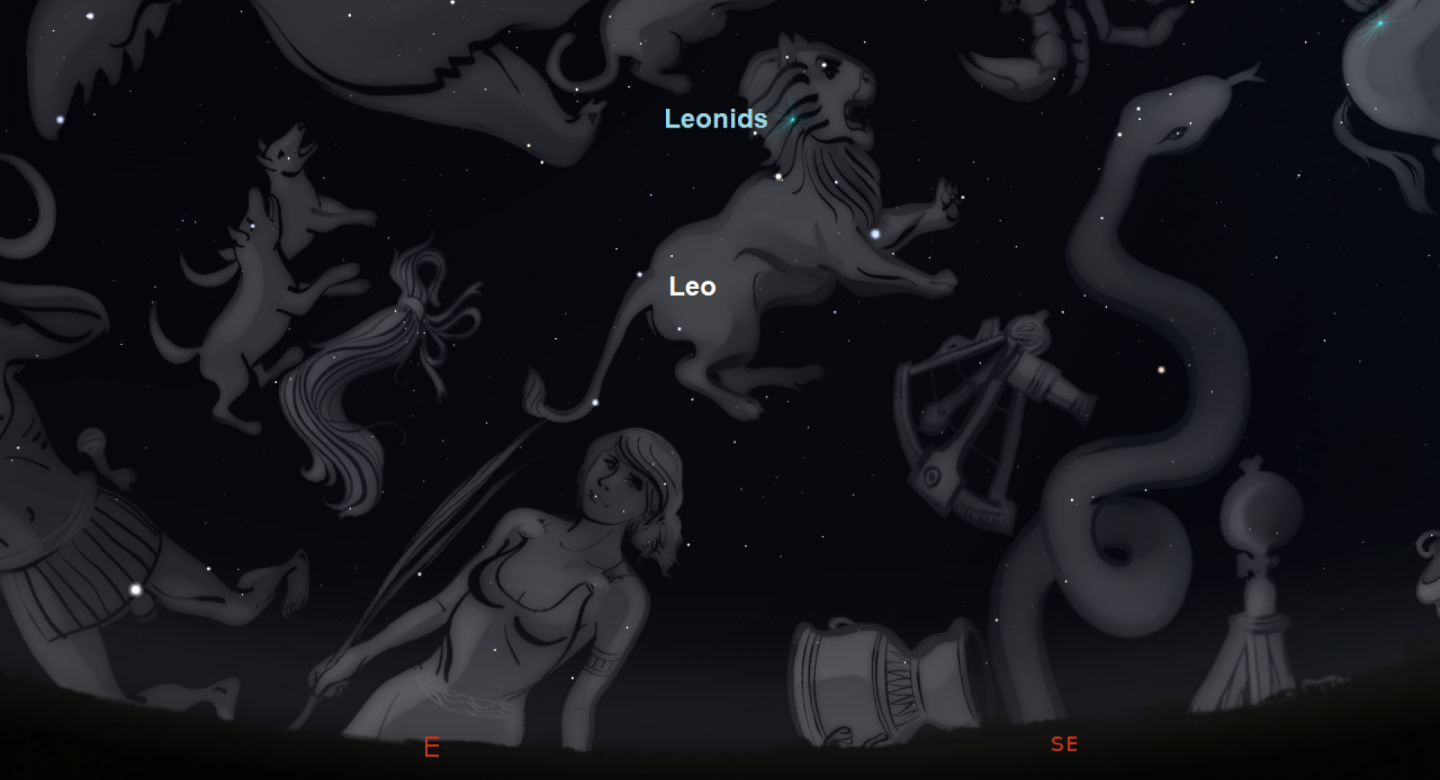
Another meteor shower occurring in this chilly month is the Leonids meteor shower which peaks on the night of the 16th and into the morning of the 17th. In the hours before sunrise, look to the radiant in the constellation of Leo in the south-eastern sky and scan the skies with your eyes to spot the meteors. This meteor shower outdoes the Taurids with a slightly greater rate of 15 meteors per hour but neither of the showers are the strongest of the year. So, to increase your chances of spotting a meteor, move away from light polluted areas and cities. If you live in a big city, going off to a field or on a camping trip in a dark sky area would decrease the light pollution, therefore increasing your chances of being able to spot the meteors.
19 November: The Moon is in conjunction with Saturn
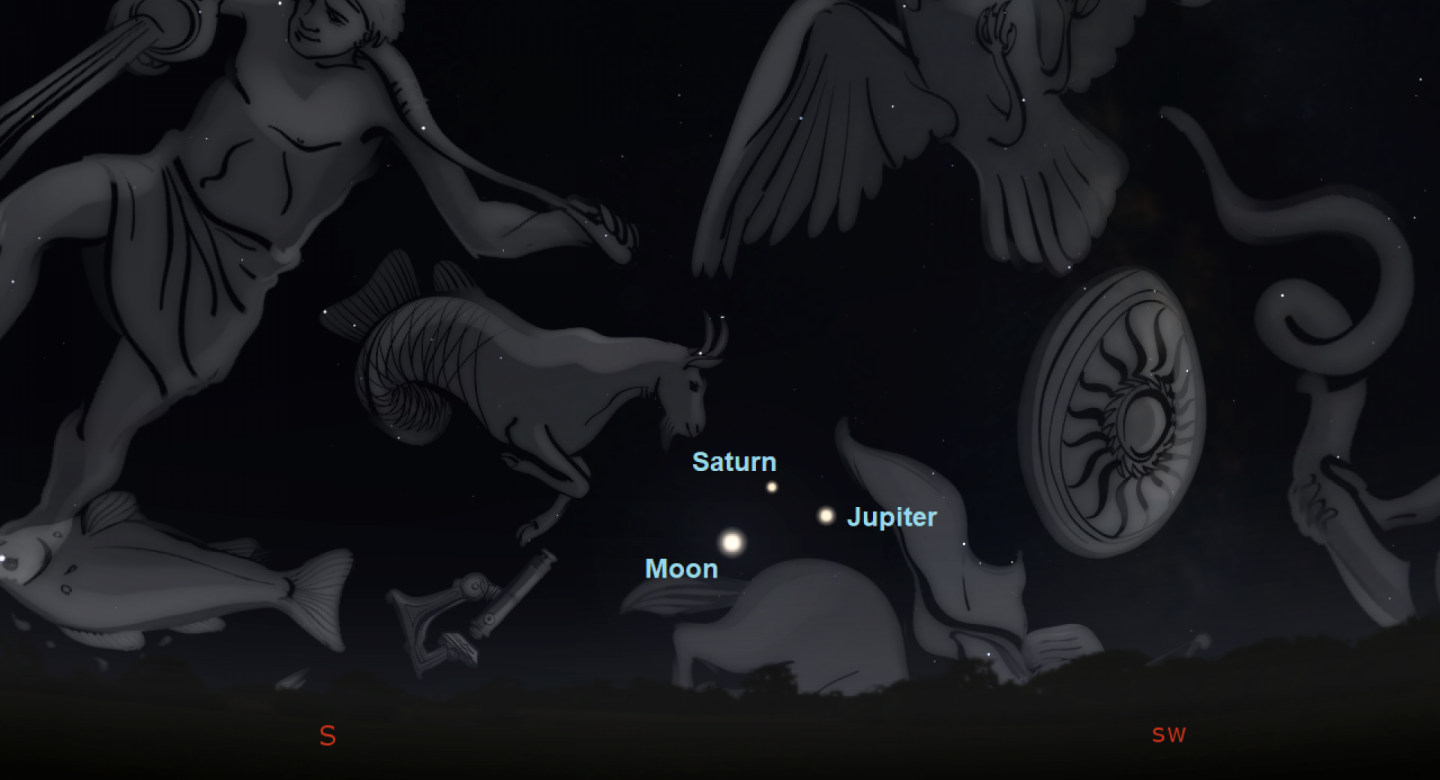
Saturn will be in conjunction with the Moon on 19th November and Jupiter will appear close by too. This means that Saturn and the Moon will share the same right ascension in the sky. If you have a telescope, look for Saturn’s icy rings; these can be seen even through a small telescope. Also see if you can make out Jupiter’s Great Red Spot, a gigantic storm twice the size of earth, in its southern hemisphere. Jupiter’s Galilean moons are a great target too: Io ('eye-oh') the volcanic Sulphur moon, Europa the icy moon which may hold the potential for life, Ganymede the largest moon in the Solar System or even Callisto with its Valhalla crater.
30 November: The Beaver full moon
Finally, for the avid Moon observers, the month ends with a bright full moon on 30th, making this a perfect time to observe the lunar surface and look out for its two greatest craters the Copernicus crater and the Tycho crater. Craters on the Moon form from space rocks crashing into the Moon’s surface – the range of space debris impacting with the Moon has resulted in many different-sized craters. The Copernicus crater is visible using binoculars and is located slightly northwest of the centre of the Moon's near side. Tycho is the most prominent crater on the southern side of the moon - it is about 108 million years old which is relatively young compared to the Copernicus crater that likely formed 800 million years ago. November’s full moon is often known as the Beaver full moon – it comes from the North Americans who noticed that beavers would be active in building their winter dams at this time of year – working at night under the light of the full moon.
The Moon's phases this month
| 8 November | last quarter moon (12:37am) |
| 15 November | new moon (4:17pm) |
| 22 November | first quarter moon (11:41pm) |
| 30 November | full moon (3:28am) |
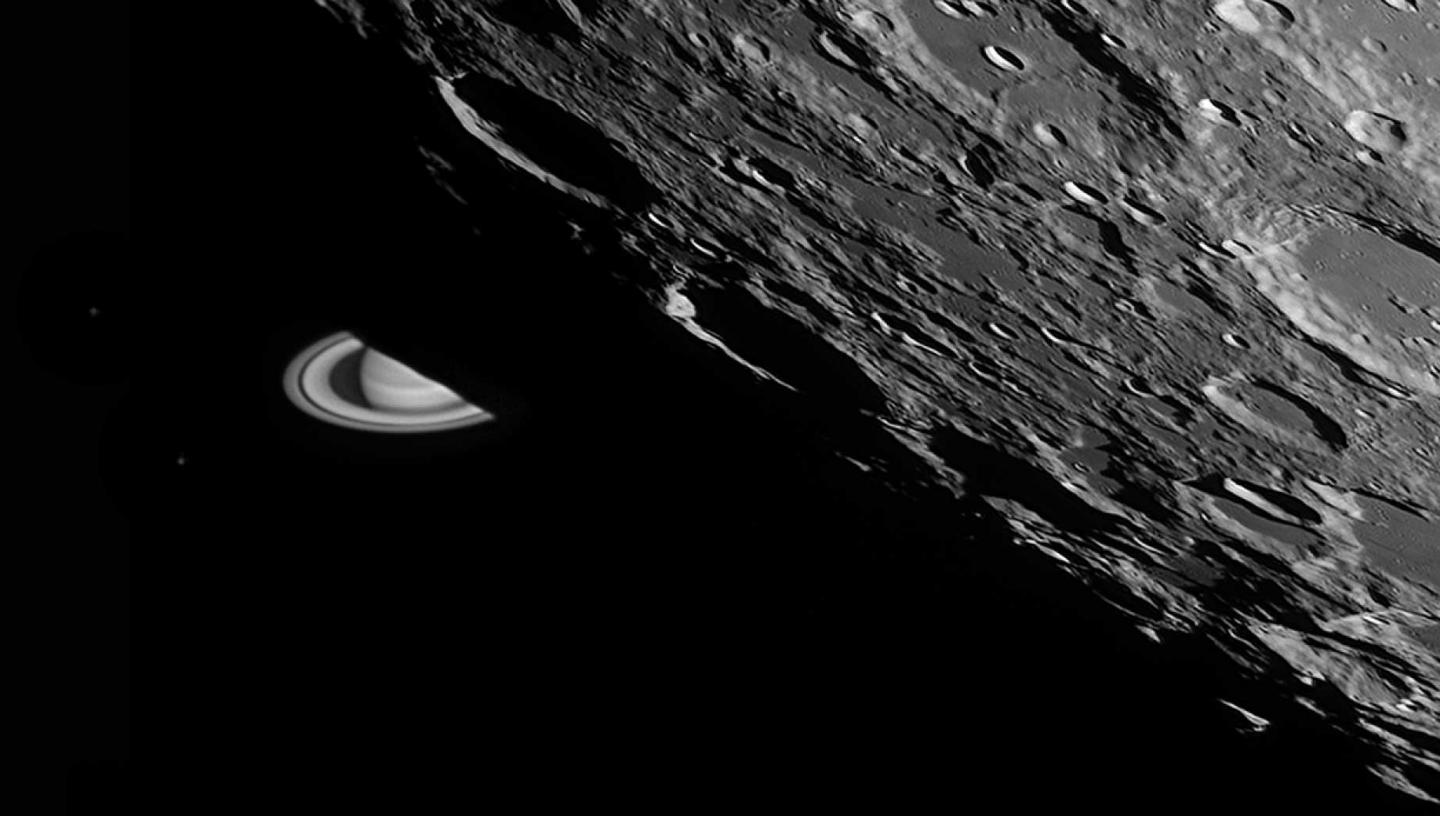
When looking at faint objects such as stars, nebulae, the Milky Way and other galaxies it is important to allow your eyes to adapt to the dark – so that you can achieve better night vision.
Allow 15 minutes for your eyes to become sensitive in the dark and remember not to look at your mobile phone or any other bright device when stargazing.
If you're using a star app on your phone, switch on the red night vision mode.
Need a stargazing telescope or binoculars? Check out our range of high quality observing equipment recommended by Royal Observatory Greenwich astronomers.
Share your astronomy pictures
This month's banner image is one of the winning images, 'Orion © Raul Villaverde Fraile', of the Insight Investment Astronomy Photographer of the Year competition.
Would you like the chance to have your image of the night sky used for our banner image? If so, share your photos via our Royal Observatory Astrophotography Facebook group
You can also connect with us on Twitter: @ROGAstronomers
Subscribe to our brand new YouTube channel and join us on a journey through time and space as we explore our wonderful Universe.
Solar System Discovery - Online Planetarium Show
Join us for Solar System Discovery, a live online planetarium show presented by an astronomer from the Royal Observatory Greenwich. The Universe is a vast and intriguing place, and this show explores our own little corner of it: the Solar System. Starting from our home planet, the Earth, we’ll travel through our celestial neighbourhood, visiting objects like planets, moons and asteroids, and ending with a fly-out to view our galaxy, the Milky Way.
Observatory Online
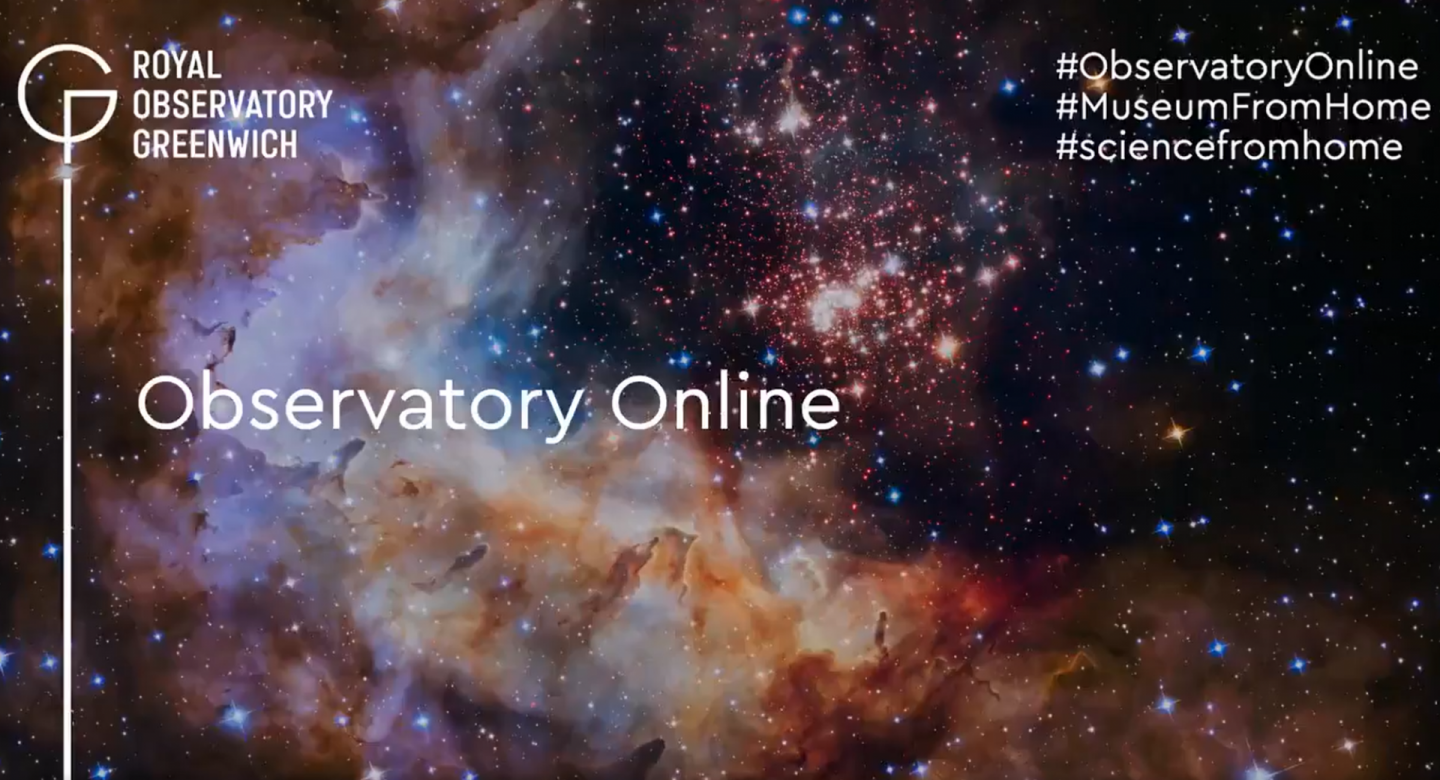
In our new Observatory Online series, join our astronomers as we answer some big questions in Astronomy. We'll be releasing the Observatory Online videos on our Twitter account (@ROGAstronomers) during the week, so don't miss out on seeing them.
Have a question about Astronomy? Simply tweet your question to our Twitter account and we will do our best to answer them. Be sure to add #ObservatoryOnline to your tweet!
Image: © César Blanco
Resources for teachers and students
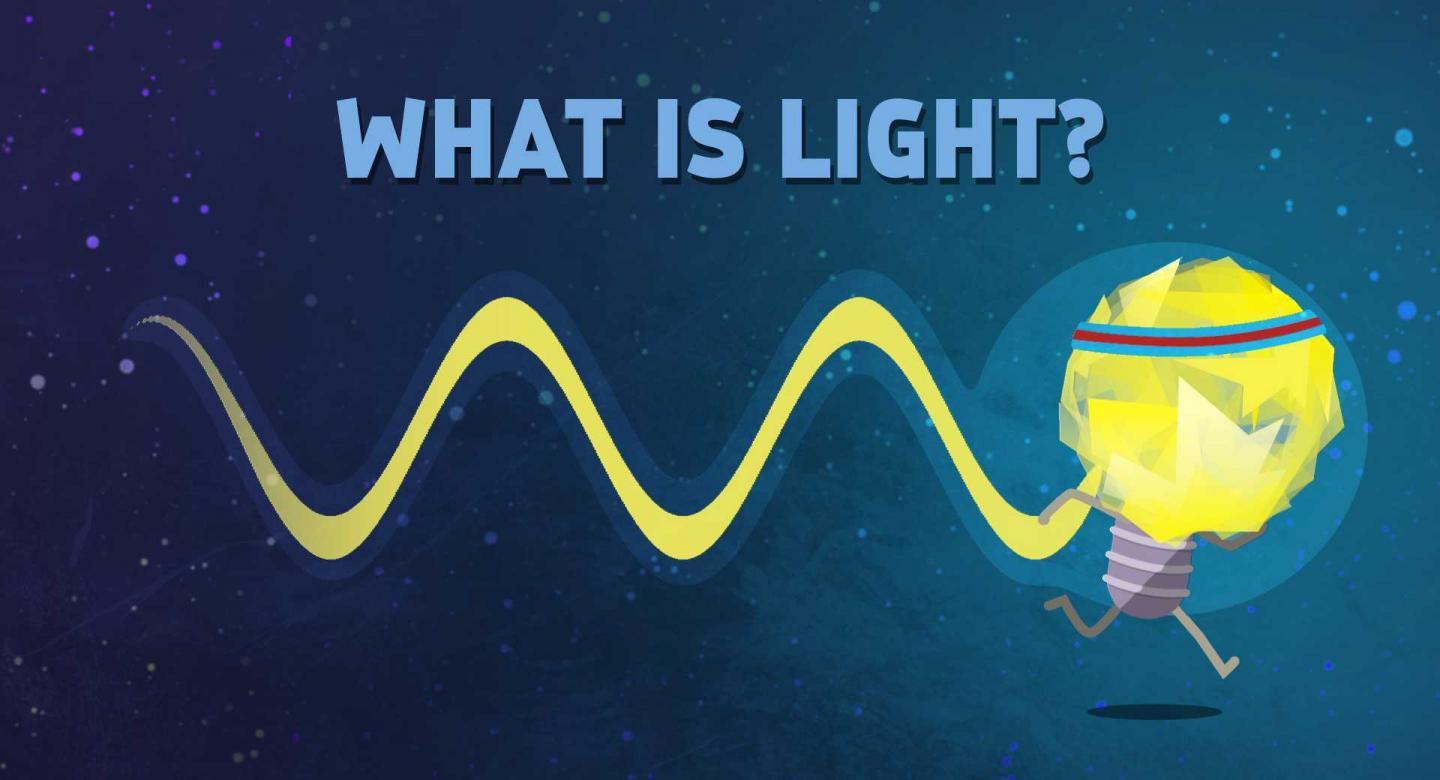
The Royal Observatory Greenwich's learning team has also created
- Free animated videos that answer the biggest questions in astronomy and free resources to go alongside them.
- A whole host of podcasts featuring interviews with real space scientists, astronauts and active researchers working in UK universities.
- A 'Learning at home' hub which contains a suite of resources for you to use at home.
